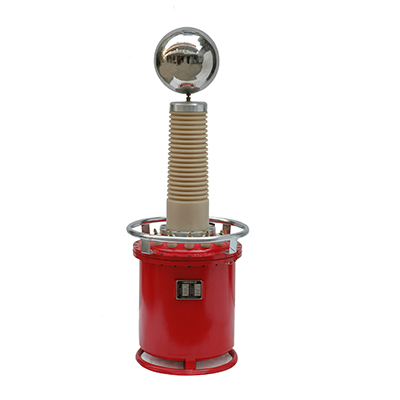The frequency of maintenance can have a significant impact on the lifespan of a transformer SFRA (Sweep Frequency Response Analysis) test. SFRA tests are performed to assess the mechanical integrity and winding condition of power transformers by analyzing their frequency response characteristics.
Here’s how the frequency of maintenance can influence the effectiveness and reliability of SFRA tests and, consequently, the lifespan of transformers:
- Early Detection of Faults: Regular SFRA testing enables the early detection of mechanical and electrical faults in transformer windings. By conducting SFRA tests at regular intervals, maintenance personnel can identify changes in the frequency response signatures indicative of issues such as winding deformation, displacement, or shorted turns. Early detection allows for timely intervention and corrective action, minimizing the risk of further damage and extending the lifespan of the transformer.
- Preventive Maintenance Planning: The frequency of SFRA testing can inform preventive maintenance planning for transformers. By establishing a regular testing schedule based on the manufacturer’s recommendations, industry standards, and historical data, maintenance teams can proactively monitor transformer health and identify trends or patterns indicative of potential problems. This proactive approach helps prioritize maintenance activities, allocate resources efficiently, and optimize the lifespan of transformers.
- Risk Mitigation: The frequency of SFRA testing plays a crucial role in mitigating the risk of catastrophic transformer failures. Transformers are critical assets in power systems, and unexpected failures can lead to costly downtime, equipment damage, and safety hazards. transformer sfra test Regular SFRA testing helps identify emerging issues and deterioration trends before they escalate into serious problems, reducing the likelihood of unplanned outages and extending the operational lifespan of transformers.
- Condition-Based Maintenance: SFRA testing provides valuable diagnostic information that can guide condition-based maintenance strategies for transformers. By analyzing SFRA test results alongside other condition monitoring data, such as dissolved gas analysis (DGA), insulation resistance measurements, and thermal imaging, maintenance personnel can gain insights into the overall health and condition of transformers. Adjusting the frequency of SFRA testing based on evolving risk profiles and asset priorities allows for targeted maintenance interventions and optimal resource allocation to maximize the lifespan of transformers.
- Documentation and Trend Analysis: The frequency of SFRA testing impacts the availability of historical data for trend analysis and performance tracking. Regular testing generates a comprehensive record of transformer condition over time, facilitating trend analysis, pattern recognition, and predictive modeling. By comparing SFRA test results from different time periods, maintenance personnel can assess the effectiveness of maintenance interventions, identify recurring issues, and refine maintenance strategies to enhance transformer lifespan.
In summary, the frequency of SFRA testing directly influences the effectiveness of transformer condition assessment, maintenance planning, risk mitigation, and lifespan optimization. By establishing a regular testing schedule and integrating SFRA testing into comprehensive condition monitoring programs, utilities and asset owners can proactively manage transformer health, minimize the risk of failures, and maximize the operational lifespan of transformers in power systems.
